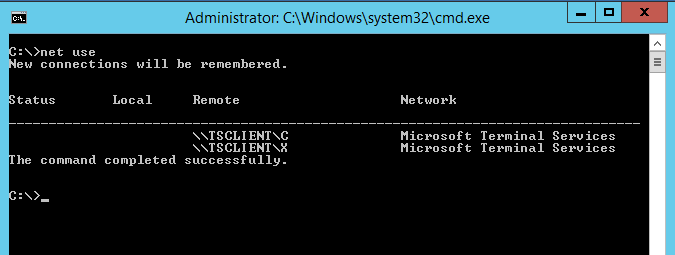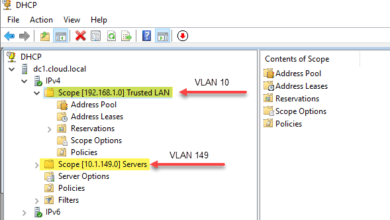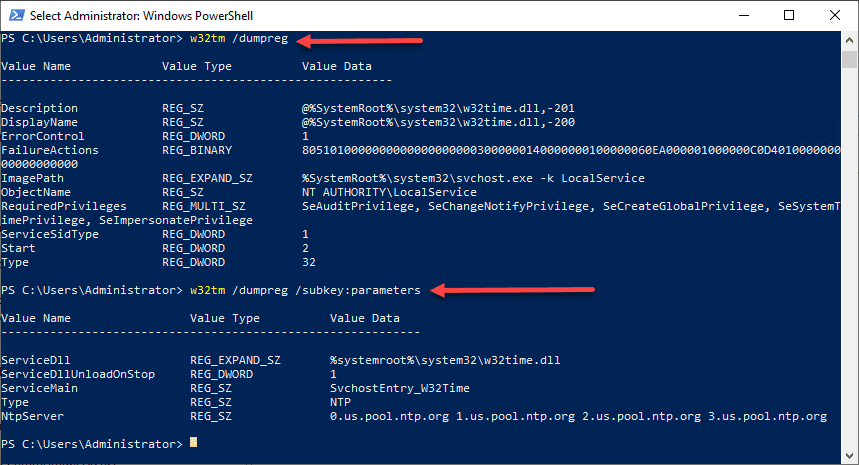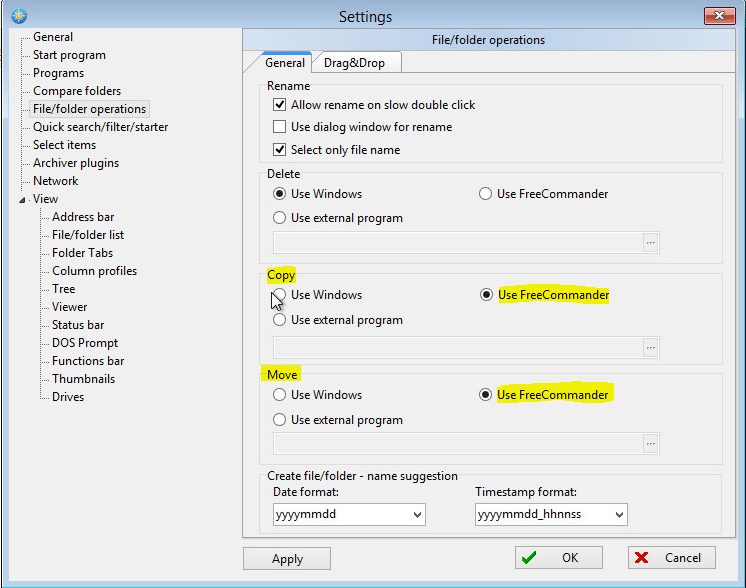You Have Been Logged On with a Temporary Profile

We have covered some of the misery that happens with roaming profiles in a previous post. Roaming profiles seem to at best only work “some” of the time and can cause a lot of issues with other programs as well as data loss. We wanted to detail another little trick that sometimes will work when nothing else works.
Usually, there are just a few problems that can cause profile issues:
- Permissions
- Files in Use
- A Communication problem between the client and the profile server
- A local issue with the workstation being logged into (i.e., registry issue)
We wanted to detail a problem that can occur when Windows has problems with a roaming profile and you have started to troubleshoot the issue via the normal means. In working with a client recently who had a user with profile issues, the normal means of troubleshooting wasn’t resolving the issue.
The following error was being logged in the Application Event Log on the workstation:
“Windows cannot find the local profile and is logging you on with a temporary profile. Changes you make to this profile will be lost when you log off.”
After examining permissions on the server side, everything checked out there to be correct. Also, we made sure that under the Advanced Settings on the System Properties of the workstation, there was not an entry for the user profile that we were having problems with. A reboot was performed on the workstation as well to rule out any file locks that might be taking place.
Resolution
After exhausting other troubleshooting methods on the profile, we looked under the following registry key:
Computer\\HKEY_LOCAL_MACHINE\\Software\\Microsoft\\Windows NT\\CurrentVersion\\ProfileList
Windows keeps a listing via SID of the user profiles present on the system. You will see listings for user services such as the systemprofile, NetworkService, and Local Service however, your user profiles will be in the format of a much longer SID. Simply click on the SID and look at the “ProfileImagePath” string. Generally speaking, when the reference to the profile doesn’t appear in the User Profiles of your Advanced System properties, you won’t see the registry listing for that user. However, in this case, the registry entry for the user was still there and wasn’t being unloaded from the system. A simply delete of this SID registry entry allowed the user to successfully login without any temporary profile problems.









